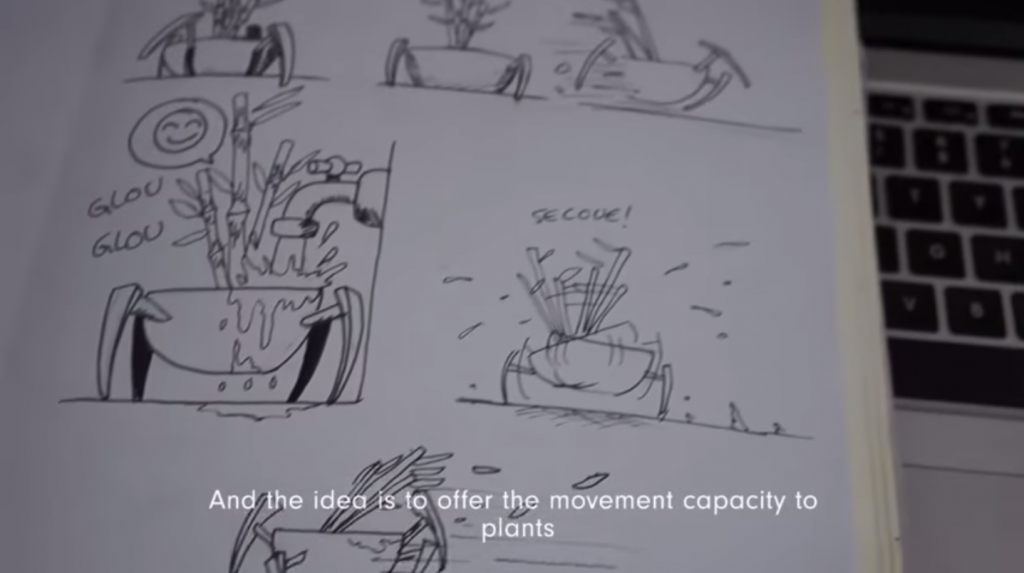An actuated object with “muscle wires” also known as Flexinol.
References
There are 21 posts filed in References ( this is page 1 of 5).
HTC Dot Case

Yesterday I told my roommate Maxime about the different problems and paradoxes I was facing with my concept. He gave me a good reference, it’s a phone case created by HTC for its model HTC One M8. It’s called the “dot case”. To make it quick, the device detects if the screen is covered or not. It it is, the screen loads colored rectangles; the dots on the case transform this rectangles in a minimalistic interface displaying useful informations. It only uses a small part of the screen. it can also display informations concerning the notifications received, and it’s still interactive. It means that you can touch, swipe, scroll. So if you receive a call, no need to open it, just swipe down. The idea is so simple, maybe it’s an alternative to the technology monster I’m trying to build, despite the fact I would like it to look simple too… I will talk with the WOMA tomorrow and see what they think of the idea.
Gå.ia, Vegetal Cyborg

I was very surprised to find a tweet about a vegetal cyborg. The french start-up Still Human created a system which leads a plant to have ‘legs’. Being able to move, the plant can fulfill its needs. For example, it can look for water or sunlight. The credo of the duo is:
EN – Gå.ia is a robotic concept aiming at giving plants a brain and legs nature didn’t give them. It will lead plants to form a vegetal society evolving in a human society.
FR – Gå.ia est un concept de robot visant à fournir aux plantes le cerveau et les jambes que la nature ne leurs a pas confié afin d’en faire une société végétale au sein de la société humaine.
I like the concept a lot. It combines industrial design, interaction design and technology. But I don’t fully agree with the vision of a plant as a static element. Vegetal entities usually have roots, looking for water. Sometimes these roots can be very strong and take back what humans created. They can ‘move’ and reproduce thanks to pollen [and thanks bees, insects, wind and sun]. What I do agree with is the fact that it makes plants more alive. In a world where people don’t take the time to enjoy things, where they don’t take the time to rest and observe, there is a risk to miss the beauty of little things evolving at a different rhythm.
Dino Pet

Félicie [one of my professor] made me discover Dino Pet. This is a toy with living bioluminescent plankton. The owner of the pet needs to feed the plankton in order to keep it alive. It creates a tangible link between the two entities. Reminds me of a part of my dissertation where I quote John Maeda speaking about the ‘digital animism’ we are able to have sometimes (with the tamagotchis for example).
